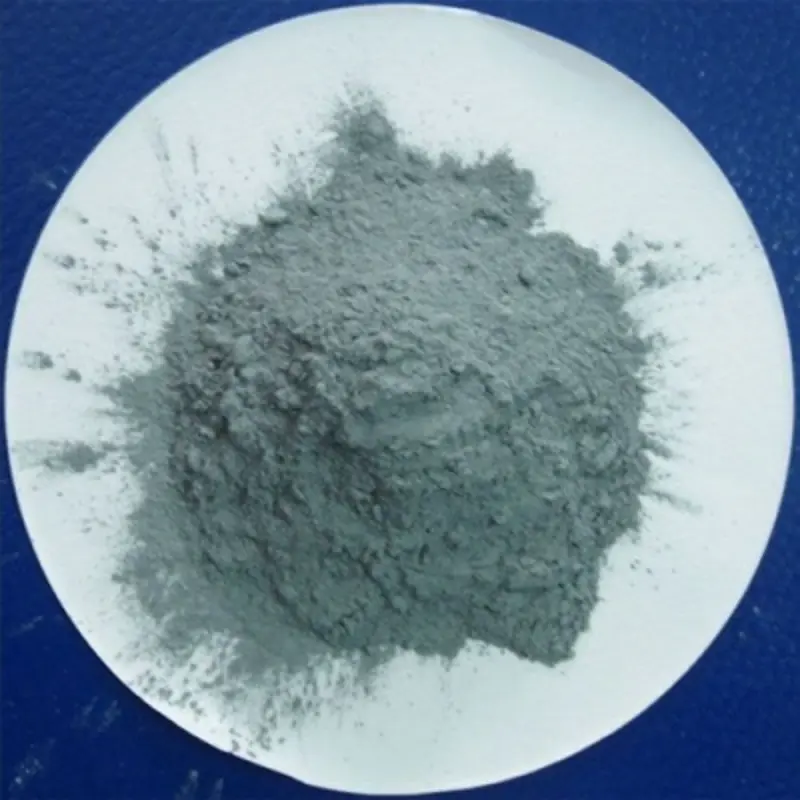-
Categories
-
Pharmaceutical Intermediates
-
Active Pharmaceutical Ingredients
-
Food Additives
- Industrial Coatings
- Agrochemicals
- Dyes and Pigments
- Surfactant
- Flavors and Fragrances
- Chemical Reagents
- Catalyst and Auxiliary
- Natural Products
- Inorganic Chemistry
-
Organic Chemistry
-
Biochemical Engineering
- Analytical Chemistry
-
Cosmetic Ingredient
- Water Treatment Chemical
-
Pharmaceutical Intermediates
Promotion
ECHEMI Mall
Wholesale
Weekly Price
Exhibition
News
-
Trade Service
(T-4)-Bis[2-(hydroxy-κO)benzoato-κO]lead, also known as Lead(II) 2-(2-hydroxybenzoato)-1,4-benzoxazepine-3,7-disulfonate, is a synthetic compound that has been widely used in various applications in the chemical industry.
This compound is of interest to researchers due to its unique properties and potential applications.
In this article, we will explore the synthetic routes of (T-4)-Bis[2-(hydroxy-κO)benzoato-κO]lead and its significance in the chemical industry.
Synthetic routes of (T-4)-Bis[2-(hydroxy-κO)benzoato-κO]lead
There are several synthetic routes for the preparation of (T-4)-Bis[2-(hydroxy-κO)benzoato-κO]lead, each with its own advantages and disadvantages.
The following are some of the most commonly used synthetic routes:
- Direct synthesis
The direct synthesis of (T-4)-Bis[2-(hydroxy-κO)benzoato-κO]lead involves the reaction of lead(II) nitrate and 2-hydroxybenzoic acid with sodium metabisulfite in the presence of a solvent such as acetonitrile or dichloroethane.
This method is relatively simple and inexpensive, but it suffers from low yield and high impurity levels. - Hydrolysis of lead(II) salt with hydroxybenzoic acid
Another synthetic route involves the hydrolysis of lead(II) salt with hydroxybenzoic acid in the presence of a solvent such as water or a mixture of water and a polar solvent such as ethanol.
This method is more efficient than direct synthesis, with a higher yield and lower impurity levels. - Lanthanide derivatization
In this method, (T-4)-Bis[2-(hydroxy-κO)benzoato-κO]lead is synthesized by the action of a lanthanide salt, such as neodymium(III) chloride, on 2-hydroxybenzoic acid.
The resulting derivative is then reduced with sodium borohydride to form the lead(II) compound.
This method is more selective than direct synthesis and can be used to prepare other lanthanide derivatives. - Reductive carboxylation of lead(II) salt
In this method, lead(II) nitrate is reacted with sodium hydrosulfide in the presence of a solvent such as acetonitrile or toluene.
This results in the formation of the lead(II) salt, which is then reduced with hydroxybenzene to form the desired compound.
This method is more efficient than direct synthesis and provides a higher yield with lower impurity levels.
Significance of (T-4)-Bis[2-(hydroxy-κO)benzoato-κO]lead in the chemical industry
(T-4)-Bis[2-(hydroxy-κO)benzoato-κO]lead is of great interest to researchers due to its unique properties and potential applications in the chemical industry.
Some of its most promising applications include:
- As a catalyst in organic synthesis
(T-4)-Bis[2-(hydroxy-κO)benzoato-κO]lead has been shown to be an effective catalyst in various organic reactions, such as the aldol reaction and the enamine reactions.
This makes it a valuable tool in the development of new pharmaceuticals and other organic compounds. - As a redox mediator in biochemical sensors
(T-4)-Bis[2-(




![Aluminum, [(2E)-2-butenedioato(2-)-κO1]hydroxy- Al-Fum](https://file.echemi.com/fileManage/upload/goodpicture/20230919/ibrutinib-high-quality_b20230919163357076.jpg)


